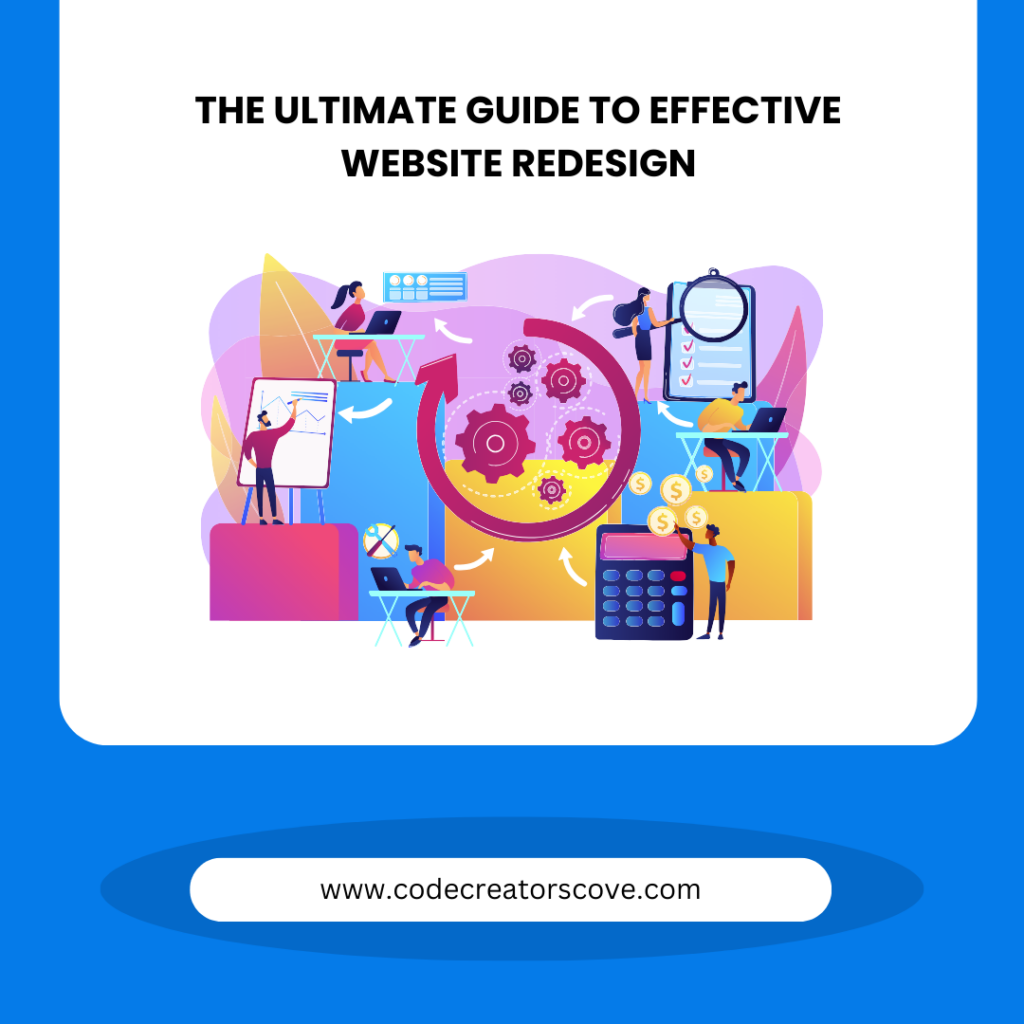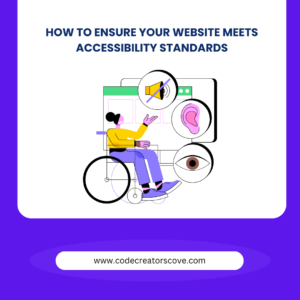In today’s fast-paced digital world, your website is often the first point of contact between your business and potential customers. An outdated or poorly functioning website can negatively impact user experience, leading to lost opportunities. A well-executed website redesign can not only enhance your brand image but also drive traffic, improve user engagement, and increase conversions. This guide will walk you through everything you need to know about effectively redesigning your website.
Why Consider a Website Redesign?
A website redesign isn’t just about giving your site a fresh look. It’s about addressing the evolving needs of your business, technology, and your audience. Here are some reasons why you might consider a redesign:
1. Outdated Design: Design trends change over time. A website that looked modern five years ago may now appear outdated.
2. Poor User Experience (UX): If users find it difficult to navigate your site, they’re likely to leave without taking any action.
3. Mobile Responsiveness: With the increasing use of mobile devices, your website must be optimized for various screen sizes.
4. Brand Evolution: As your brand grows and evolves, your website should reflect these changes.
5. SEO Optimization: A redesign can improve your site’s structure, making it easier for search engines to index your content and boost your rankings.
Setting Clear Goals for Your Redesign
Before diving into the redesign process, it’s crucial to establish clear objectives. What do you hope to achieve with your new website? Some common goals include:
1. Improving User Engagement: Enhance the user interface (UI) to make the site more interactive and user-friendly.
2. Boosting Conversion Rates: Streamline the customer journey to encourage more users to complete desired actions, such as making a purchase or signing up for a newsletter.
3. Enhancing Brand Image: Update the design to better reflect your brand identity and values.
4. Optimizing for SEO: Ensure that the new design is built with SEO best practices in mind to improve search engine rankings.
Analyzing Your Current Website
A thorough analysis of your current website will help identify what’s working and what’s not. Consider the following steps:
1. Conduct a Content Audit: Review your existing content to determine what can be retained, updated, or removed.
2. Analyze User Behavior: Use tools like Google Analytics to understand how users interact with your site. Identify high-performing pages and areas with high bounce rates.
3. Gather Feedback: Collect input from users, stakeholders, and team members to gain insights into pain points and areas for improvement.
Creating a Redesign Strategy
A solid strategy is essential for a successful website redesign. Here’s how to create one:
1. Define Your Target Audience: Understand who your audience is, what they need, and how they interact with your site.
2. Map Out the User Journey: Design a user-friendly interface that guides visitors seamlessly through your site, from the landing page to conversion.
3. Choose the Right Platform and Tools: Depending on your needs, you may opt for a content management system (CMS) like WordPress, a custom-built solution, or an e-commerce platform.
4. Plan for SEO: Incorporate SEO strategies from the start. This includes keyword research, meta tags, alt text for images, and ensuring fast loading times.
Designing with the User in Mind
The design phase is where your vision starts to take shape. Keep these tips in mind:
1. Focus on Simplicity: A clean, minimalist design often leads to a better user experience. Avoid clutter and ensure that important elements stand out.
2. Prioritize Mobile Responsiveness: Design your website to be fully responsive, ensuring it looks and functions well on all devices.
3. Use High-Quality Visuals: Invest in high-quality images, videos, and graphics that align with your brand and engage users.
4. Ensure Consistency: Maintain a consistent color scheme, typography, and branding throughout the site to create a cohesive look and feel.
Refreshing Your Content
Content plays a crucial role in the success of your website. During the redesign, consider the following:
1. Update Existing Content: Refresh outdated content with current information and optimize it for SEO.
2. Create New Content: Develop new pages, blog posts, or resources that address your audience’s needs and interests.
3. Implement a Content Strategy: Plan a content calendar to regularly update your site with fresh, relevant content.
Testing and Launching Your Redesigned Website
Before going live, thoroughly test your website to ensure everything functions as expected:
1. Perform Usability Testing: Have users navigate the site to identify any issues with the design or functionality.
2. Cross-Browser Testing: Ensure your site works well across all browsers and devices.
3. Check for SEO Compliance: Use tools to verify that your site is optimized for search engines.
Once testing is complete, plan your launch carefully. Consider a soft launch to gradually introduce the new site to your audience, allowing you to address any issues before a full rollout.
Post-Launch: Monitoring and Continuous Improvement
The work doesn’t end with the launch. Regular monitoring and updates are essential to keep your website performing at its best:
1. Track Performance Metrics: Use analytics tools to monitor traffic, user behavior, and conversion rates.
2. Gather User Feedback: Continue to collect feedback from users to identify areas for improvement.
3. Regular Updates: Keep your site fresh by regularly updating content, fixing bugs, and staying on top of design trends.
Conclusion
A successful website redesign can significantly enhance your online presence, improve user experience, and drive business growth. By following the steps outlined in this guide, you can ensure your redesign project meets its goals and delivers long-lasting results. Remember, your website is a dynamic asset—regularly review and update it to stay ahead of the competition.


